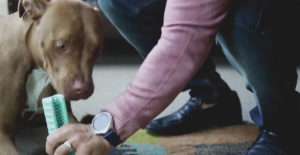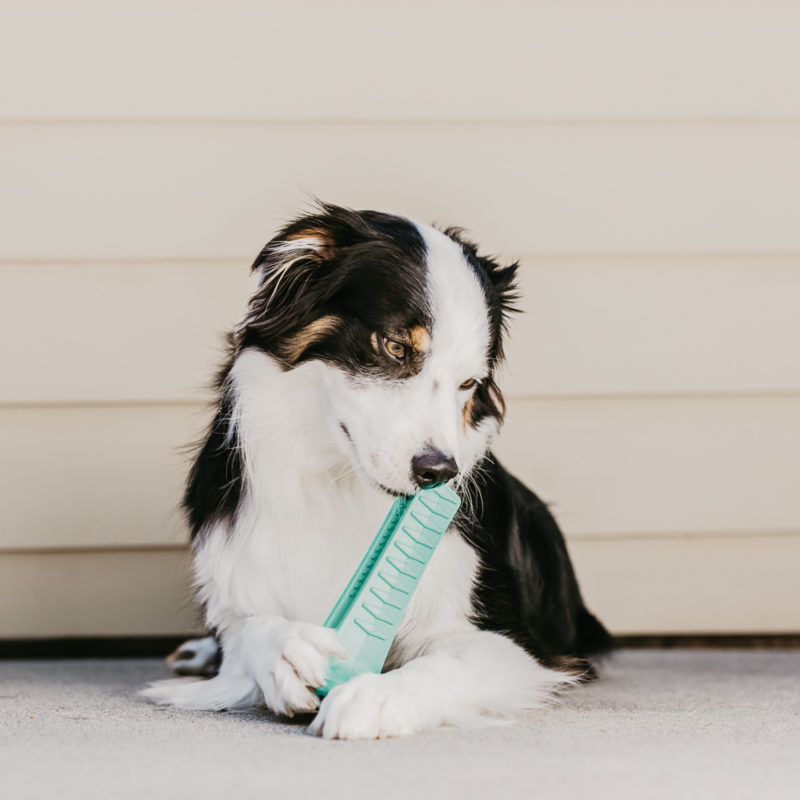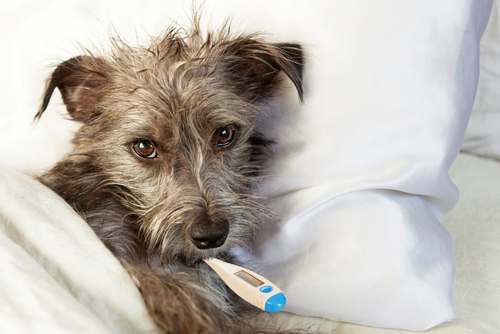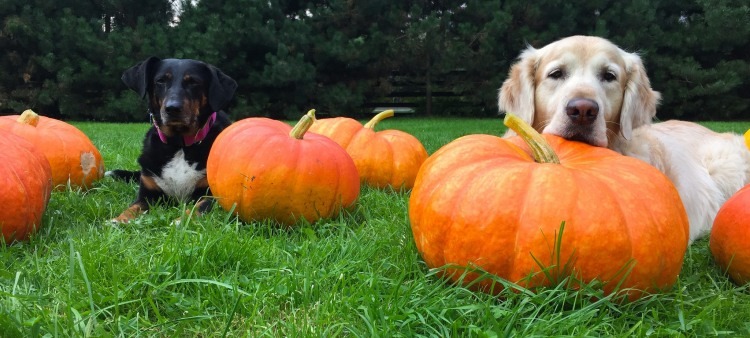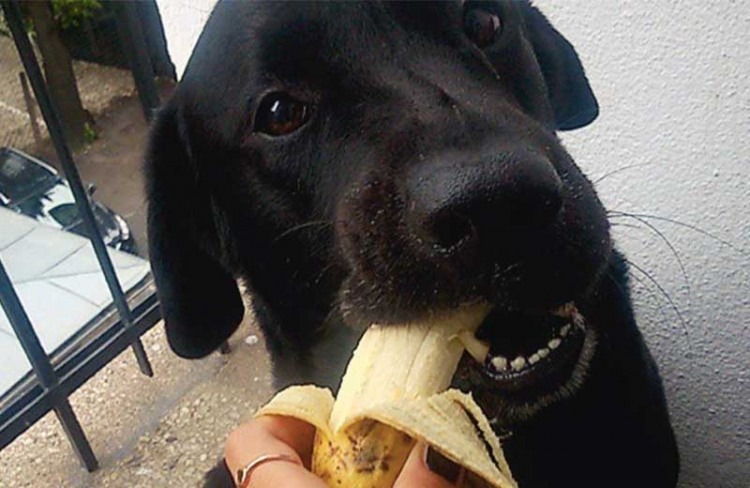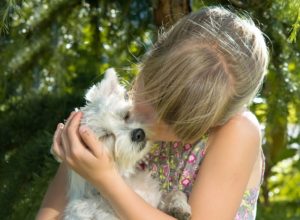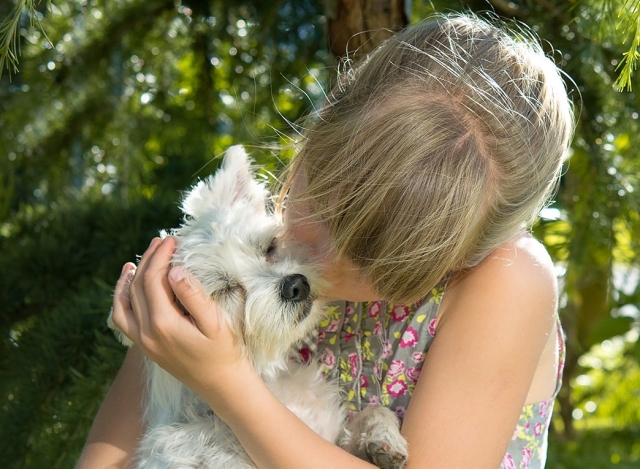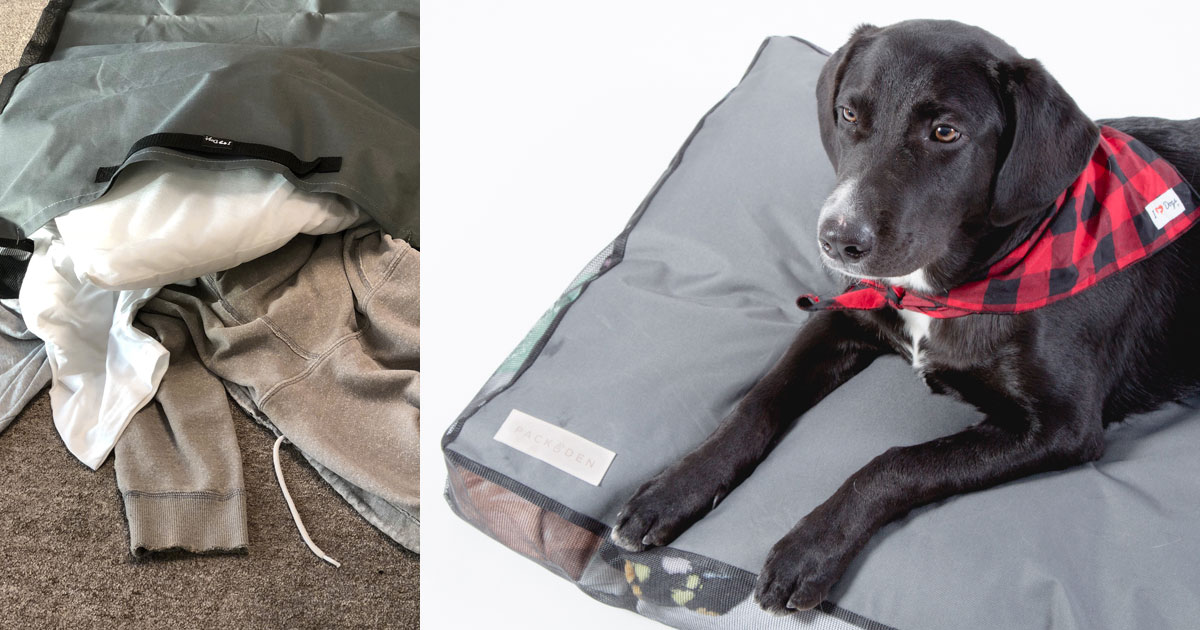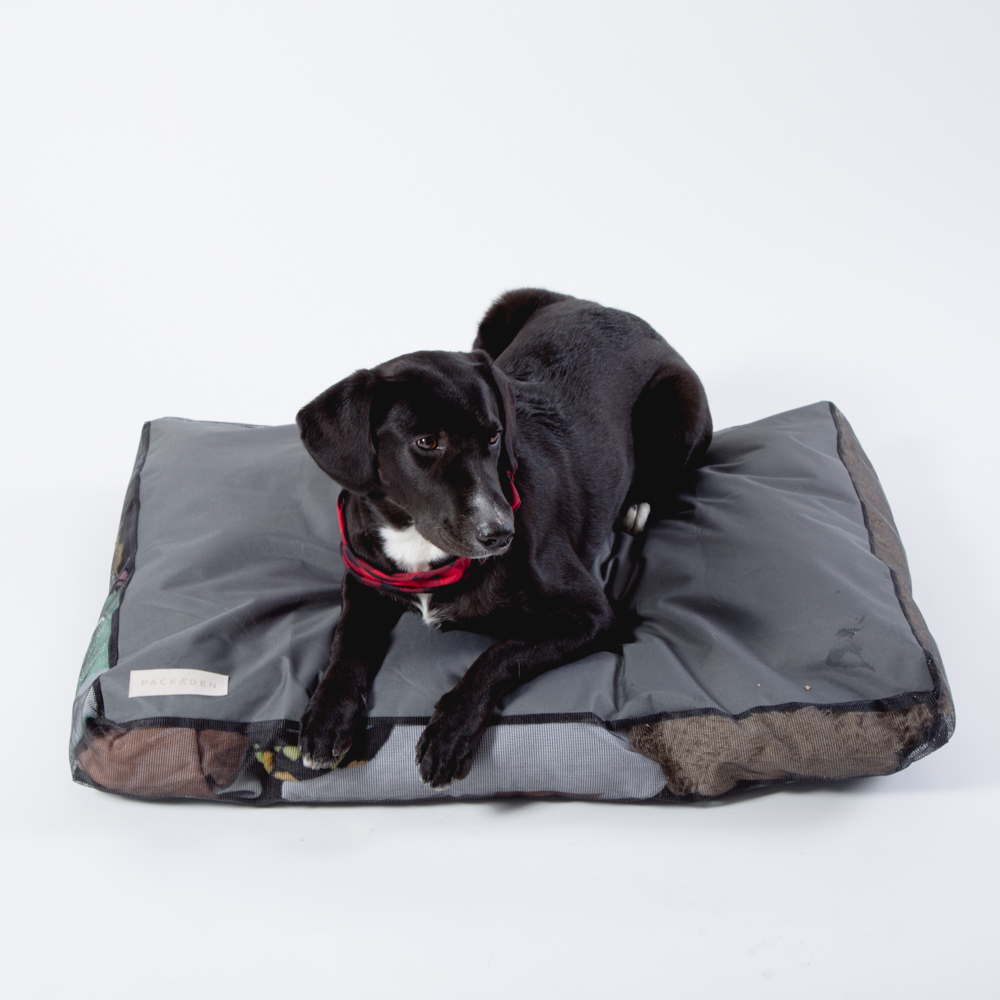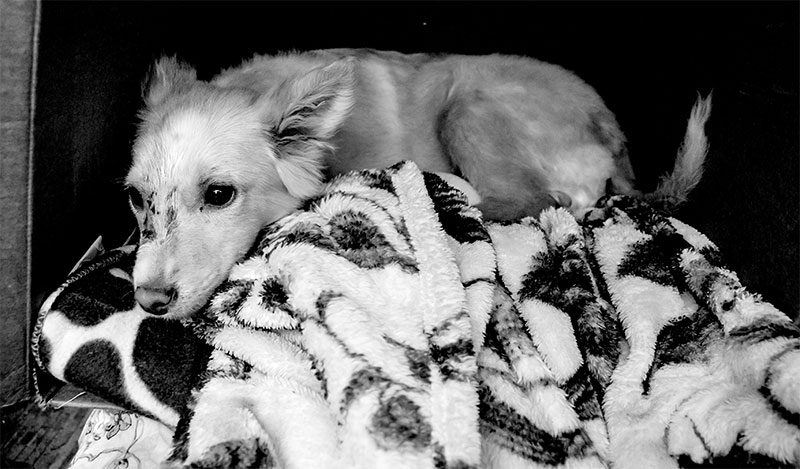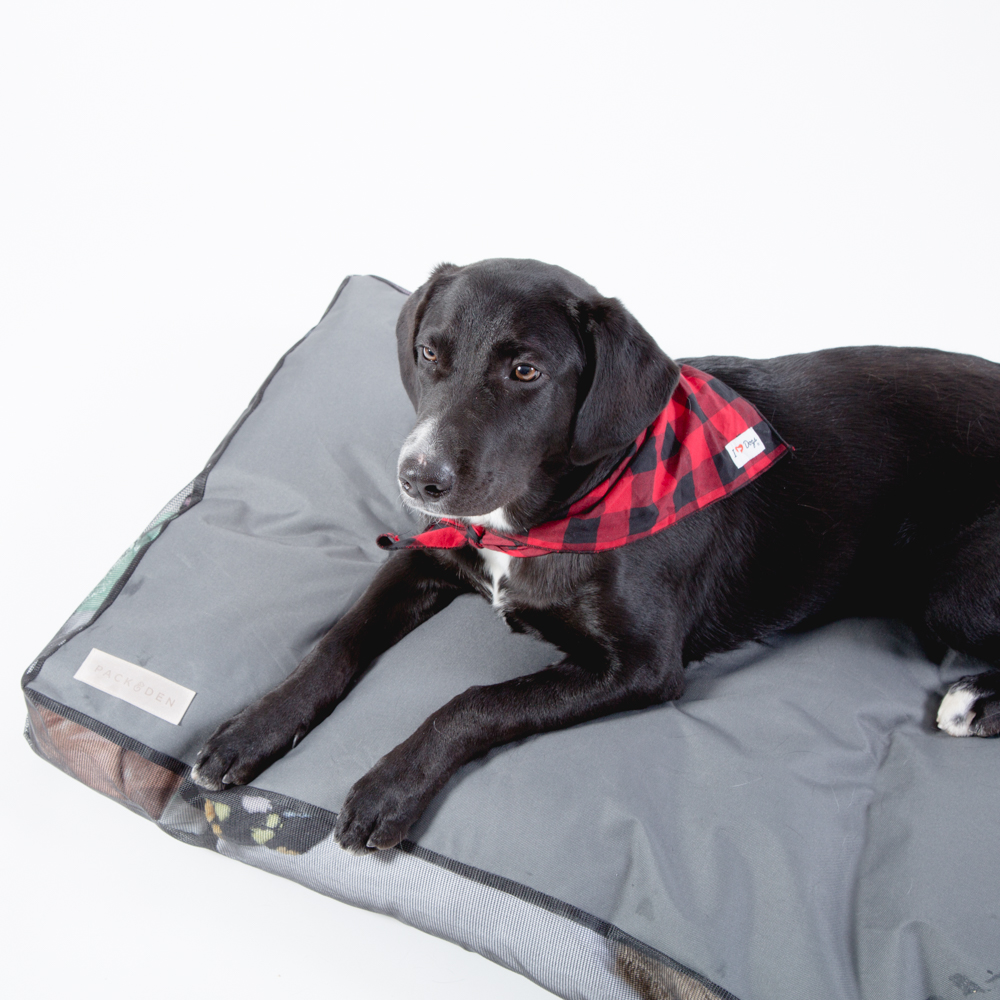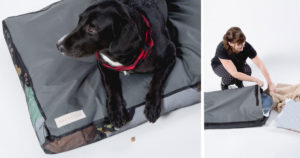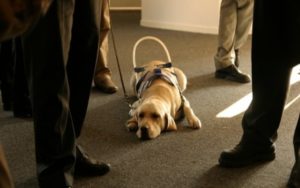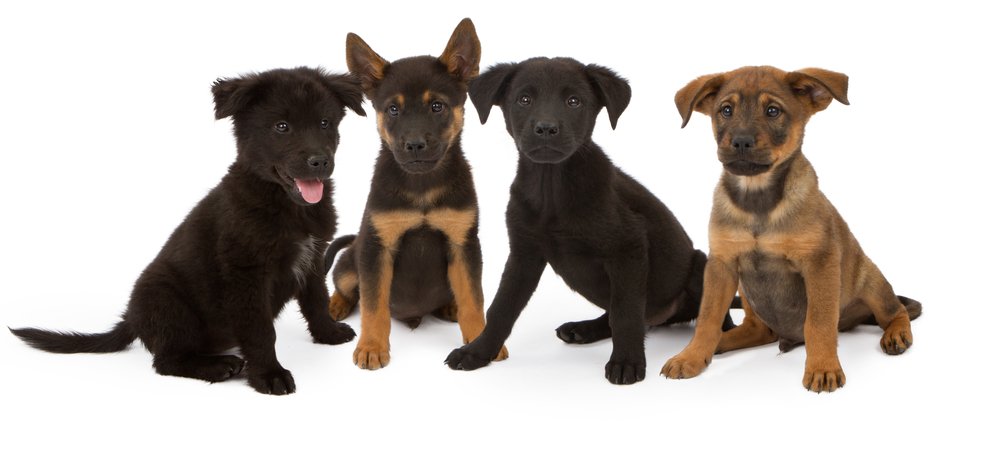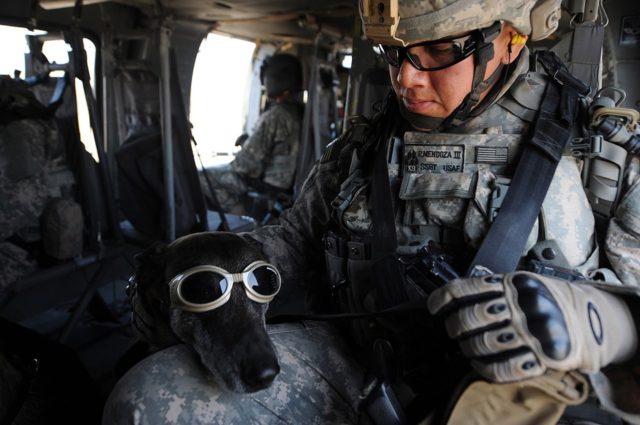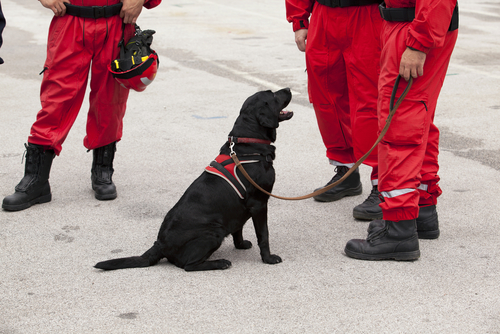
In this day and age, as busy as life can be, who doesn’t need help with Halloween costume ideas for dogs?
After all, 179 million people have Halloween plans and 31 million people will dress up their pets for Halloween (according to the New York Post)
Planning a doggy costume party or costume contest?
Looking for funny dog costumes?
Or perhaps you are the kind of person that likes to sew “doggy style”!
The truth is that you should probably get busy preparing your adorable ball of canine fur for Halloween night!
If you need pet costume ideas, we are here to help your dog steal the show.
The Big Bad Wolf
The Big Bad Wolf is a fun go-to as an awesome dog costume!
Want to make it more fun? Dress your adorable small dog as the Big Bad Wolf! Ahhh, the irony!

Costume found on Amazon
Have 2 dogs? Make the other Little Red Riding Hood!

Star Wars
Due to the influx of recent Star Wars movies, Star Wars-themed pooch costumes are all the rage.

Dress your dog as Yoda (does that make him more of a Dogda?)

Costume found on Amazon
Use hot glue or sew your way to the perfect Ewok costume.

Found on Pinterest
Have a large dog, but still want to show your mutual love for Star Wars? A little well-placed cardboard can be fashioned into a furry AT-AT Imperial Walker costume.

Found on Pinterest
Food Themed Dog Costumes
Who doesn’t love a yummy snack?
Transform your furry pet into your favorite food or snack.
Pizza, hot dogs, tacos, beer… nothing is off limits when it comes to turning your best friend into your favorite food.

Costume found on Amazon


Costume found on Amazon
Classics
The Wizard of Oz is another classic full of ideas that are sure to bring festivity to your pets and your home.
Scarecrow, the Tin Man, and the Cowardly Lion are fun ideas if you have a trio of dogs living in your home.

Woody and Buzz Lightyear

Costume found on Amazon

Costume found on Amazon
Minions

Costume Found on Amazon
Monsters Inc

Costume found on Etsy
Batman and Robin

Costume found on Amazon

Costume found on Amazon
These are all good classic movie references that will likely make your pet the most adorable belle of the ball.
Other Animals
You love your dog just the way they are… but what if for one night of the year they turned into a bat, a velociraptor, or add a mane and you have a lion?


Ever wanted to turn your “Marley” from “Marley and Me” into a cheetah for the night? All it takes is some nontoxic hair (or fur) paint and a little imagination.

Found on Pinterest
Craft it Yourself
Do you have a little extra time this holiday season?
Do you fancy yourself a crafter?
Grab your needle and thread, your hot glue, your scissors, or your sewing machine and get ready to make your cute furry pet a one-of-a-kind outfit!

Here are 86 of the best costumes, patterns and ideas from Pinterest.
Looking to Save Time?
Pet boutiques in your home town will likely carry many Halloween dog costumes.
The benefit to finding a local pet supply store is not only shopping local, but also being able to try the Halloween outfit on your dog to ensure a good fit!
You can also order pet Halloween costumes online.
Chewy.com and Amazon.com are good go-to’s if you are in a time crunch to get your dog the perfect Halloween garb.
Super Easy
Need some ideas that are super easy and can be used at the last minute?
Find a hat.
A simple cowboy hat can convert your canine companion into a cowboy companion.

Even a baseball cap can turn your dog into an MLB player or “the world’s biggest fan”.

Have kids of appropriate size? Use a jersey, dress or T-shirt to fancy up those four paws!

Have a female dog, and need some girlie doggy ideas?
Glue a few feathers together and style a unique headdress.

Halloween should be fun for the whole family!
And let’s face it, your pet is part of your family and will also likely value getting to be part of the celebration.
Have your very own Halloween Costume contest!
What is your all time favorite doggy costume that got your dog the most adoration and attention?

via
Whisker Therapy
